
We had some fun yesterday…
In Outer Limits — NASA’s Surprise Lunar “Partners”, we predicted Elon Musk would put a fully autonomous, pressurized Tesla Cybertruck on the moon.
It seems like an obvious future, considering Musk has all of the technology at his disposal.
Tesla has the most advanced electric vehicle (EV) battery technology in the industry. And given there is no air on the moon to enable a combustion vehicle, lunar vehicles will most certainly be electric.
Tesla already has the chassis to support a lunar terrain vehicle (LTV) with the Cybertruck.
And SpaceX has already successfully launched a Tesla Roadster — not only into Earth’s orbit — but into the solar system.
That Tesla Roadster has already made more than four orbits around the Sun.
So why not to the moon?
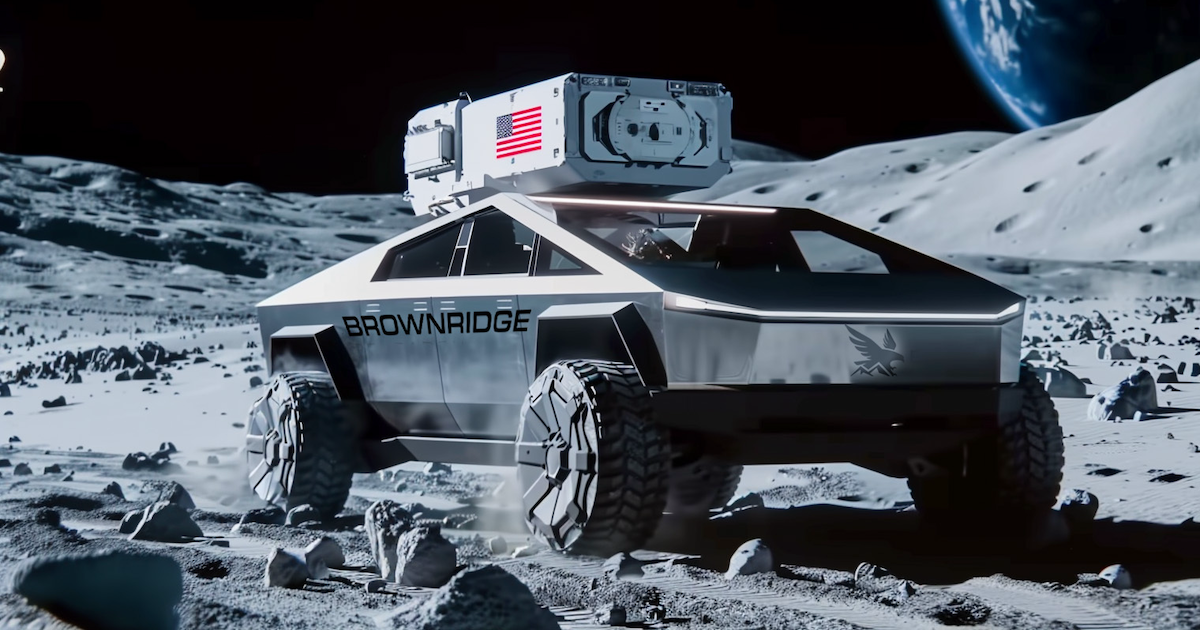
Arguably the most difficult and important technology to develop for the LTV is the ability to operate in a fully autonomous mode — without the need for remote operation.
Autonomy will be a necessity to support a future lunar outpost…
And Tesla is the only company to have solved that complex problem.
Despite what we read from journalists, Tesla’s full self-driving (FSD) software is incredible.
The dramatic improvement in Tesla’s FSD software happened when it rearchitected its software and built it on deep neural network technology — a form of artificial intelligence (AI).
Tesla also made what was considered a radical change in the industry by using real-time video from 7 cameras placed around the car as the primary inputs to its AI.
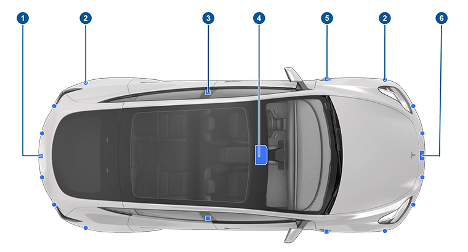
In the image above, the square/rectangular blue blocks are camera locations (1, 3 (both sides of car), 4, 5 (both sides of the car), and 6).
To the industry’s dismay, the results have been phenomenal.
Its latest version of software — 12.3.4 — is pretty unbelievable.
Below is a short clip of FSD 12.3.4 in action.
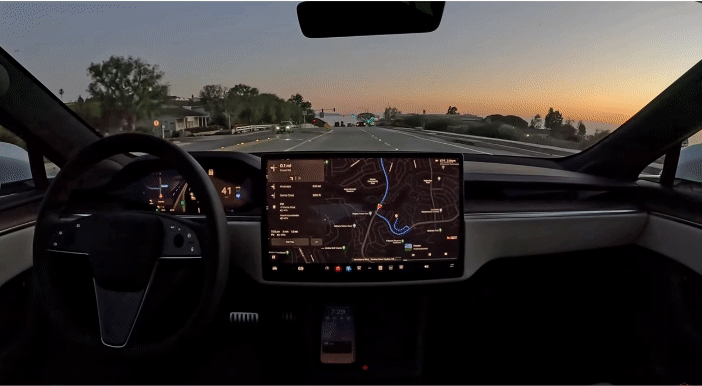
I test drive the latest FSD software every week on my own Tesla Model Y. It’s the reason that I bought the car.
It consistently gets better with each release. It’s to the point where interventions are rare. The driving is so consistently smooth — far better than most human drivers on the road.
It feels like it’s “time” for autonomy, given the latest FSD software version. It appears that Elon Musk and his team also feel the same way.
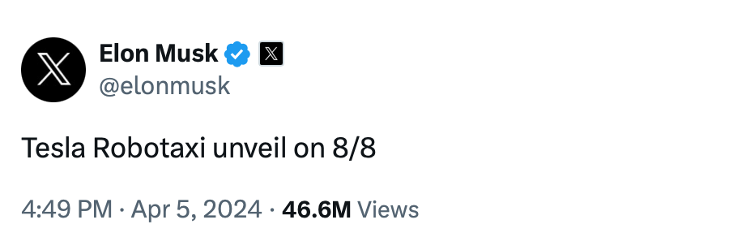
The subject of Tesla Robotaxis has long been discussed, and largely dismissed by critics.
After all, so many have doubted Tesla’s approach to full self-driving software. And without that, there can’t be autonomous robotaxis.
Musk has thrown down the gauntlet now, and it’s clear he has the technology in hand to do so.
The timing isn’t a coincidence, as the robotaxi isn’t just about the software.
Tesla’s plan is to incorporate its new chassis design and manufacturing technology into the Robotaxi — the same design and tech that has been targeted at what will become a mass market $25,000 Tesla, the Model 2.
So I chuckled on April 5th when Reuters published a scathing article, claiming that Tesla scrapped its plans for the Model 2: “Tesla Scraps low-cost car plans amid fierce Chinese EV competition.”
Musk responded: “Reuters is lying (again).”
Reuters and others are completely missing the point.
There’s actually a very interesting interplay unfolding…
One that will dramatically affect personal transportation.
The reality is that the new manufacturing technology and chassis design can and will be applied to both a mass market robotaxi and mass market EV.
What we don’t yet know is which will be produced in higher volumes.
The most important dynamic for us to grok is related to the economics of Tesla’s robotaxi.
The new manufacturing platform will be able to deliver a robotaxi around that $25,000 price point. And because Tesla has designed an AI capable of full self-driving just from video inputs from seven cameras located around the car, it doesn’t need to add all of the additional expense of unnecessary sensors.
Just take a look Alphabet Waymo’s pseudo self-driving car. It’s an eyesore. The sensors are everywhere around the car. They are expensive and they are bulky.
And I say “pseudo” because these Waymo cars are all geofenced. They can only operate in areas that have been mapped out by Waymo and programmed into the software.
Teslas are able to operate in unstructured environments.
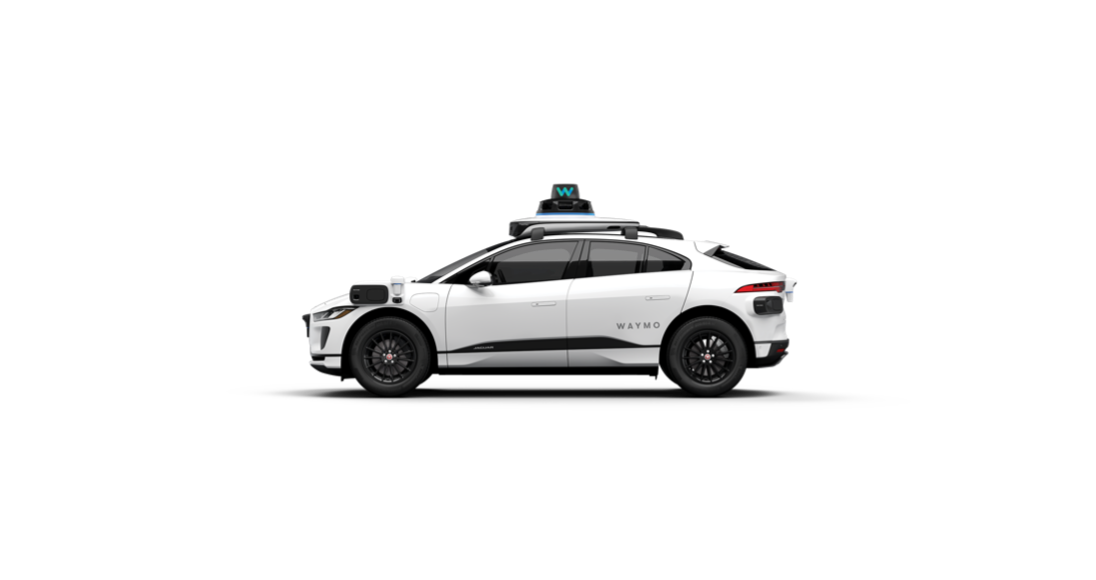
The current Waymo vehicle is based on a Jaguar I-PACE, which has a starting price of $72,500.
After we add in all of the additional technology that Waymo adds to the car, we’re certainly looking at manufacturing cost of somewhere between $100,000-125,000.
Tesla’s robotaxi will be anywhere between one-fourth to one-fifth of that cost.
That completely changes the economics of a robotaxi service.
Operating costs for Tesla robotaxis and consumer costs to ride will be a fraction of the cost of what Waymo, or anyone else, can offer.
And the interesting interplay that I alluded to earlier relates to how consumers will prefer to be transported.
Once Tesla robotaxis are widely available, will consumers choose to purchase a $25,000 EV…
Or will they just save even more money and utilize a Tesla robotaxi network?
The markets are the same, and the personalized robotaxi ride hailing service will expand the market potential by making autonomous rides competitive even with bus fares.
And for Tesla, it doesn’t matter what the ratio of production will be for robotaxis versus Model 2s. Manufacturing scale in either one will drive down costs for both.
And for those wanting a higher-end ride along the lines of an Uber Black, I’ve long written about Tesla enabling a feature where Tesla owners can opt-in their Model X, Model S, Model Y, or Model 3 into a Tesla network of self-driving cars.
Owners (or lessees) will be able to just press a button on their Tesla smartphone app, and their Tesla will go to work for them providing rides as a service.
Just imaging driving to work, having your car work for 8 hours during the day giving rides, and returning to the office to take you home at the end of the workday.
It’s not hard to imagine that the revenue generated each month could be enough to cover a monthly car lease/payment. When this happens, all other ride-hailing services are in deep trouble.
Either way, we’re about the step into the future — the future of fully autonomous vehicles.
And while I fully acknowledge that it will take some time for regulations around the world to catch up to the latest state of this technology, the tech is here now.
And to the surprise of many, Tesla’s “fleet” of full self-driving cars have already safely driven more than 1 billion miles.
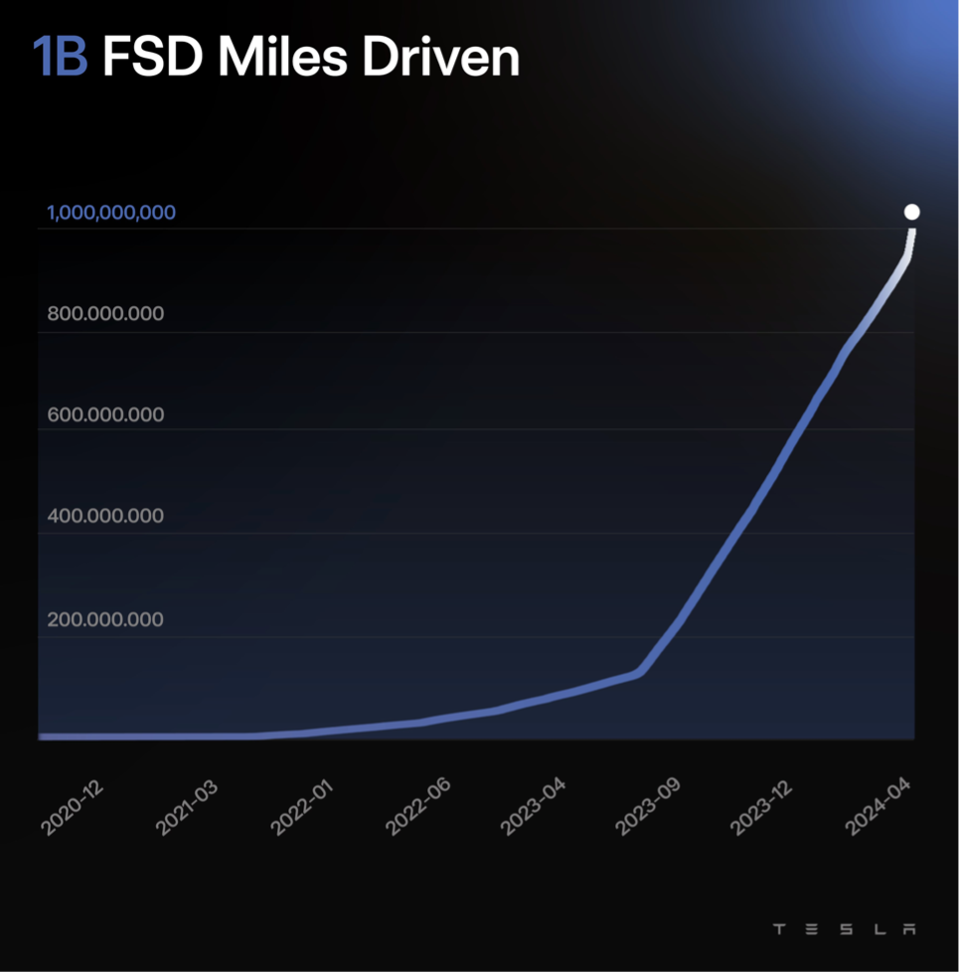
There is an urgent need for this technology.
Just consider this:
By August 8th, less than four months away, Musk and his team at Tesla will announce a solution that solves all of the above.
I can’t wait.
We always welcome your feedback. We read every email and address the most common comments and questions in the Friday AMA. Please write to us here.